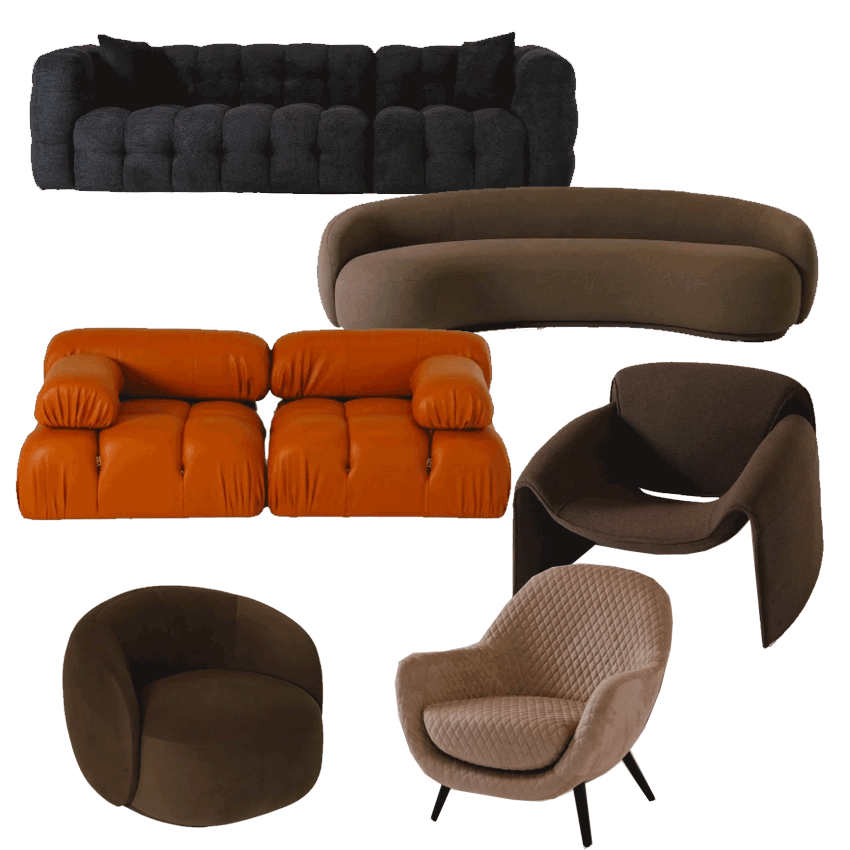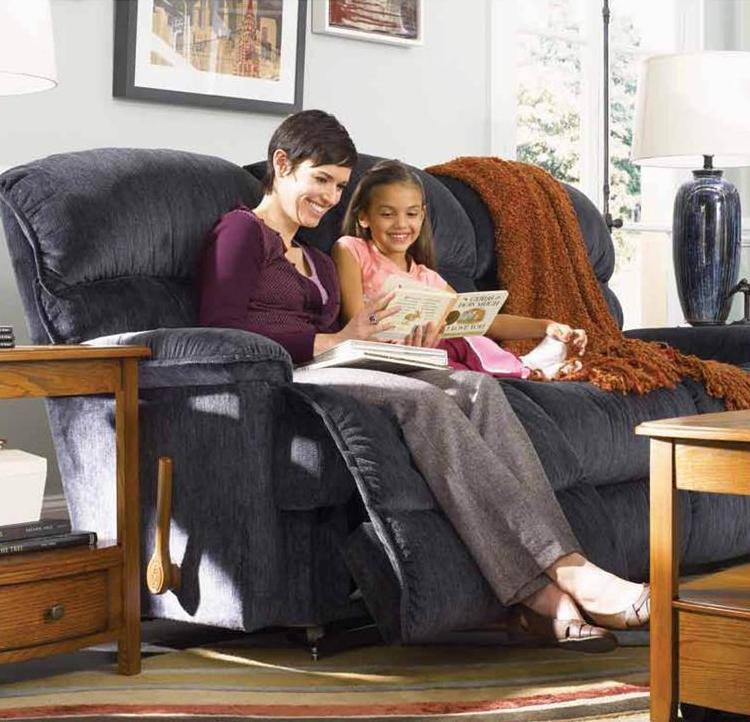Living It Up With La-Z-Boy
Your living room is an important room in the home – Claire Gibson from leading furniture manufacturer, La-Z-Boy, offers some advice on how to achieve the best layout for this space.
The layout plan for any living room needs to be versatile enough to accommodate all the various ways in which the space is used.
In order to make it comfortable and inviting, Claire says that it is important to work out how you and your family will use the space, as well as considering the following three elements before you begin planning:
· Traffic flow: Think about how people move through the room, with the aim of positioning furniture, while still creating an atmosphere of openness and accessibility. With this in mind, it is advisable to leave about one metre of space in high traffic areas so that people can move freely, without bumping into furniture. Also, if possible, try and avoid creating walkways in front of focal features within the room.
· A focal point: A focal point is just that – it is a feature in the room that first attracts the eye. It can be anything – from a TV, to a fireplace, bookcase, window or an interesting architectural feature or artwork. If your space is lacking a focal feature, it is imperative that you create one. Also, try to arrange the furniture in a U-shape around this feature.
· Conversation areas: The way you position your furniture will, to a large extent, determine how people will interact with each other and use the space in question. Nobody wants to sit on their own, so be sure to pair at least two chairs together in any one space, or position an occasional chair next to a sofa or sectional for a more intimate area. However, it is also important to remember that this space is not just for socialising, so be sure to consider other activities that you want to do in this room, such as watching TV, reading, working and playing games when you are working out where to position your furniture.
Different types of spaces:
Claire notes that you need to understand the room’s shape and work out from there: “Remember that what might work for one space, won’t necessarily work for another. There are different design challenges for various different types of living rooms – so, it is important to find the best solution for your living room’s unique shape.” She provides a few solutions for three of the most common types of living rooms:
· Long and rectangular: With two walls longer than the shorter walls at both ends, a long, rectangular living room can often feel narrow and claustrophobic. However, Claire says that with a few clever design tricks, this kind of space can be very practical: “Long rooms are great as you can divide them up into different zones for different tasks. You can really bring a living room of this shape together by including furniture such as a built-in bar, shelving, desks and bookcases that match the seating and other furniture in this room. The aim is to avoid creating a living room that looks like a hallway. You can do this by including a variety of highly tailored furniture with smaller proportions and neat design lines.”
· Open-plan living: The popularity of open-plan living is on the rise, and it is easy to understand why – it makes a space seem more open and larger than it is, as well as allowing for easy entertaining and comfortable traffic flow. In order to create a successful open-plan layout, it is important that you keep the flow around the furniture open so that your family and friends can be doing numerous things at once while still being together. Claire advises: “Rather choose vignettes, instead of the more traditional two sofas flanking a fireplace. Try and break the space into different areas to make it more intimate and less overwhelming. You can do this by positioning seating around a particular area rug for example. However, regarding colour, be sure to use a complimentary colour scheme throughout the entire space for a seamless and cohesive end result.”
· Square flair: A common mistake when it comes to interiors of square living rooms is that furniture often gets pushed up against the walls, which leaves seating far away from each other – making the space feel cold and unfriendly. Another common mistake is to make the space feel overcrowded and cluttered by not spacing the furniture out enough. To avoid both these problems, Claire says that you can include a console table behind a sofa, making the main route for traffic flow behind the sofa instead of in front of it. Including a variety of different types of seating is another clever design trick to add some interest to the space. Try and keep the palette in monotone hues, and only once you have placed the furniture, should you add textural or colourful accents and soft furnishings to visually fill the room and create interest.
Contact: La-Z-Boy
You might also like...
-
Weave Your Own Story: Customisable Furniture at Homewood

Imagine walking into your home and seeing a chair, a bench, or even a cabinet that’s been tailored to your exact style: your design, your ...
-
Luxture: Creating Stylish Yet Functional Home Finishes

Centred around creating a warm, stylish, luxurious, and functional home finishes. Luxture is a South African homeware store offering an array of homeware, furniture and ...
-
Fechters Furniture Manufacturers: Refresh Your Interiors with Warmth and Comfort

As the crisp air and golden hues of autumn settle in, it’s the perfect time to refresh your interiors with cosy comforts, rich textures, and ...























